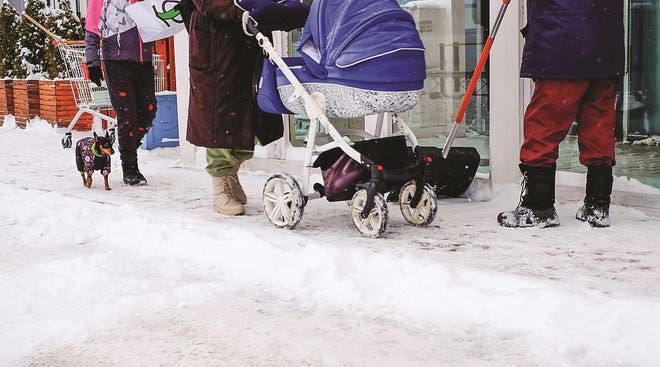Dr. Marty Becker
Q: My parrot poops wherever he likes when playing outside the cage, but it's difficult to clean. Is it possible to house train him?
The quick and easy answer to your question is to only let them play on areas where the floor can be lined with paper or is easy to clean, such as tile, laminate, or luxury vinyl. Cover furniture with towels or other washable covers when your bird is out.
But yes, birds can be trained at home. With patience and consistency, you can teach your bird to relieve itself on cue wherever it “wants” to go. Young birds seem to learn the fastest, but it is possible to teach older birds new tricks.
Start by recording the time of day when your bird relieves itself, and pay attention to its body language just before it relieves itself. Maybe it's shaking its tail feathers before dropping its baggage?
Select the phrase you want to use, such as “Go to the bathroom” or “Hurry up.” When you see your bird getting ready to go out, or when it's the bird's normal time to relieve itself, place it on your hand and place it where you want it to go (lined trash can, paper plate, etc.) , or any other “poo zone” in your home). choice. When he goes, give him the toilet signal and praise him. Eventually, he will begin to associate the phrase with the action and will respond appropriately depending on the cue.
Keep in mind that larger birds can “hold” longer than smaller birds. A budgie or cockatiel may need to poop every 15 to 20 minutes, while a macaw or parrot may take several hours to poop. And no bird is completely reliable. Sometimes, when you have to go, you have to go.
The bottom line? Parrots are messy, so cleaning up after yourself is part of living with a parrot.
— Mikkel Becker
pet topic
Pet robots from the Jetsons era
The impact of artificial intelligence (AI) on our lives has been in the news a lot over the past year. Not surprisingly, several new products at this year's Consumer Electronics Show in Las Vegas were aimed at pets and their people. Equipped with AI, the autonomous robot ORo can feed your pet and hand out treats while you are away, as well as monitor your pet via cameras and sensors. Invoxia's smart dog collar tracks activity, heart rate, breathing rate, sleep, and more. The Pawport dog door opens and closes in response to a tag on your dog's collar. The tag also collects data about when your dog uses the door. The app allows you to lock or unlock your door remotely. Samsung's Galaxy SmartTag2 tracks your pet's activities and stores their identifying information.

Dangers of pets and rock salt
If you live where you're currently covered in snow and ice, chances are your roads and sidewalks are coated with rock salt or other de-icers. After your dog goes for a walk, wash his paws and other exposed areas thoroughly to remove any traces of salt or chemicals. Licking the paws and fur on the abdomen or ingesting the material can cause signs of toxicity such as vomiting, diarrhea, and lethargy. Salt can also irritate, burn, and injure your feet. Place a cleaning kit at the door with towels or pet wipes. For more winter care tips, visit fearfreehappyhomes.com/Winter-exercise-small-short-dogs.
Treatment of a cat with mange
You may be surprised to learn that cats can also get mange, although fortunately it's not as common as dogs. The mites that cause mange in cats can burrow under the skin or live on the surface. Either way, they can cause an inflammatory response, causing itching, hair loss, and discomfort. Your veterinarian can diagnose mange and treat it with topical, oral, or injectable medications.
Have a pet question? Send it toaskpetconnection@gmail.com Or visit Facebook.com/DrMartyBecker. Pet Connection is produced by veterinarian Dr. Marty Becker, journalist Kim Campbell Thornton, and dog trainer and behavior consultant Mikkel Becker. ©2024 Andrews McMeel Syndicate


